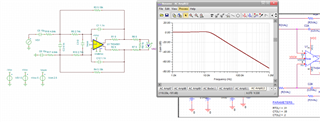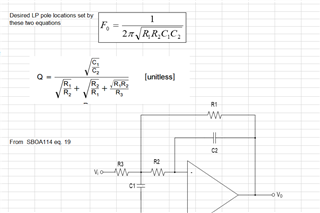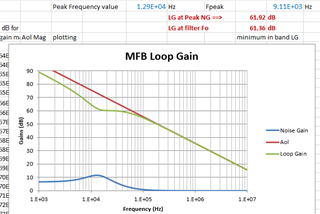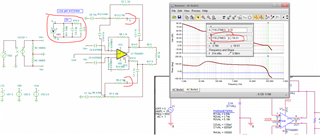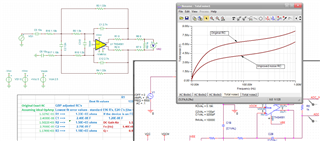Other Parts Discussed in Thread: THP210, THS4531A, THS4551
Has anyone encountered this "mystery"?
So I have a pretty simple 2nd order LP ADC driver using the THS4561, and it doesn't seem to converge on the second temperature of a multiple temperature sweep. You can run the ckt at any temperature and it converges fine, and yields believable results (for the test i am simply running a AC sim to make it fast, but others do the same thing).
But if you select temperature sweep and specify multiple temperatures, it will invariably not converge on the second temperature. To add to the complexity....it will run a sweep IF VCC=6V, VEE=-6V, VOCM=0V (as the example schematic on the model download is set), but will not converge if you set it to VCC=6V, VEE=0V, VOCM=3V (i.e. run it single supply. I have archived design as zip and can upload if needed.
thanks in advance
cm





